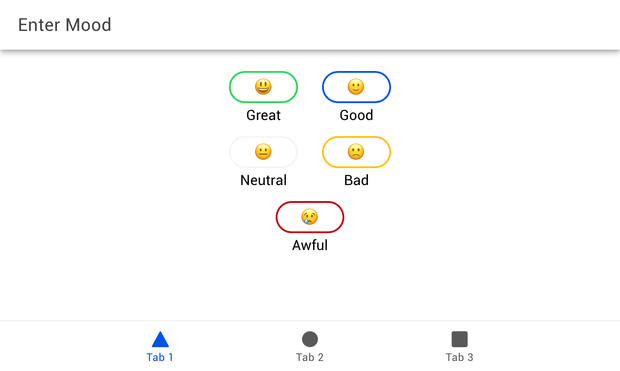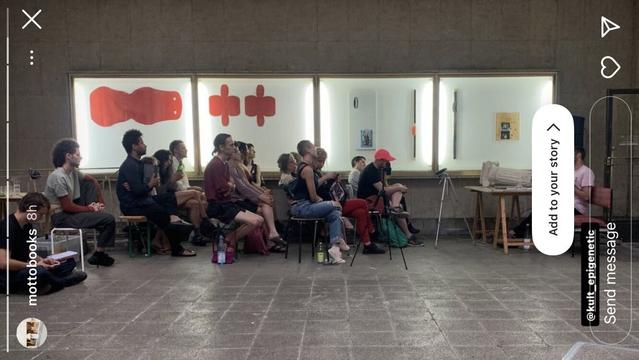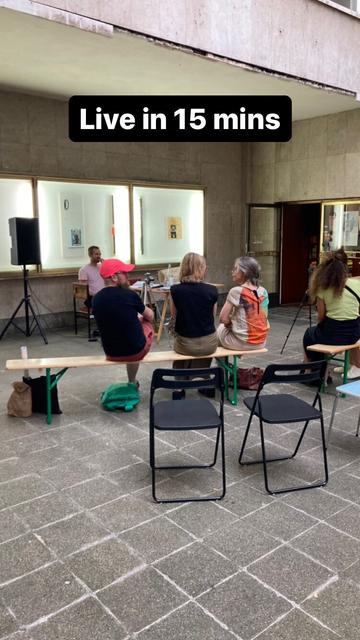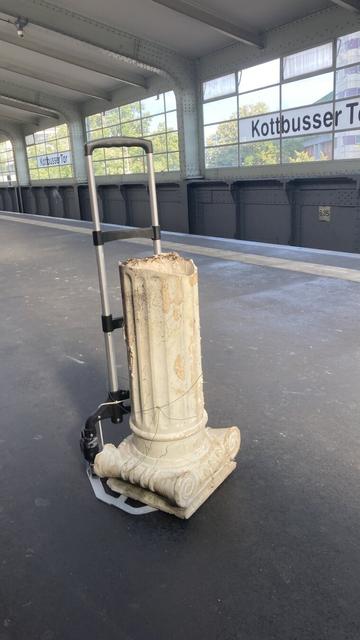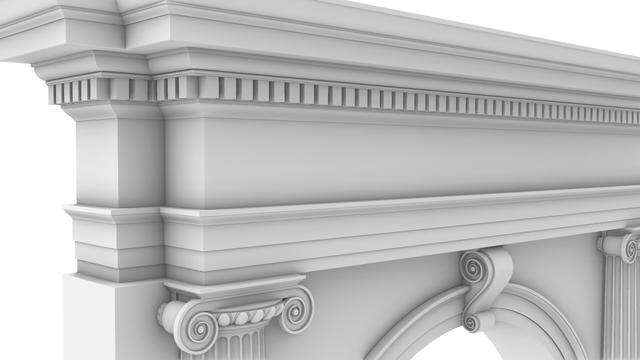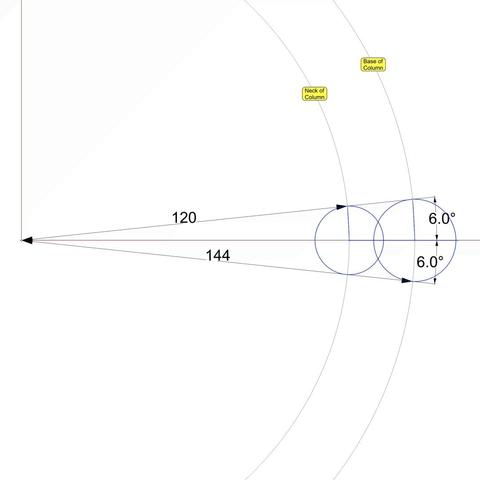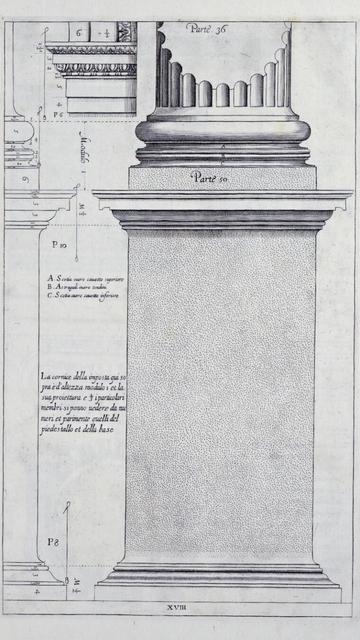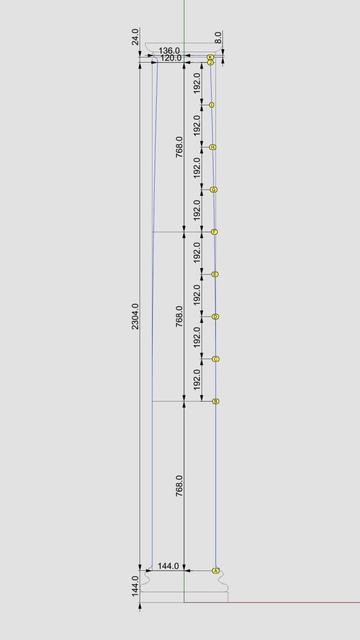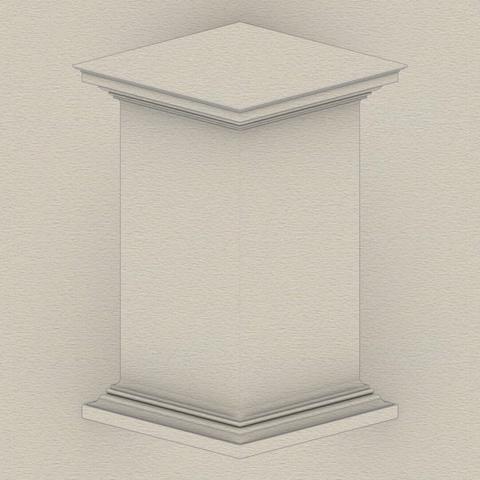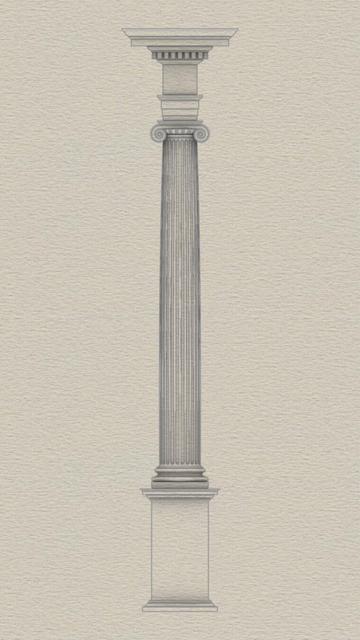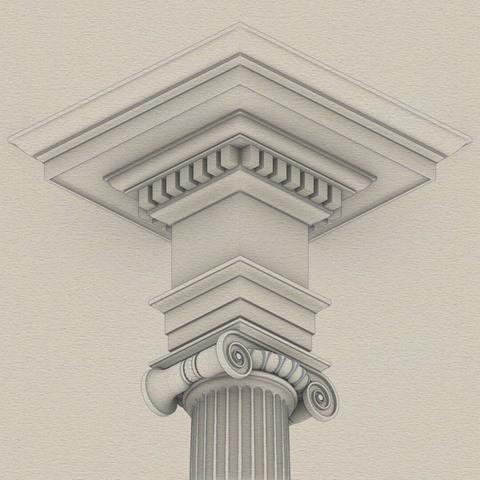This is a sketch of the complete
#IonicOrder, excluding
#intercolumniation and
#arches, which came later.
Different people have different abilities and different levels of mathematical knowledge. I make few assumptions about the minimum knowledge one must possess to follow my posts. At a minimum, one must understand ratio, proportion, similar, congruent triangles, Pythagoras, and basic properties of circles, including radius, diameter, circumference, tangents, secants, and chords.
No trigonometry or calculus is assumed, but people who have a knowledge of differentiable continuity, maxima, minima, and inflection points will have increased appreciation of the nuances of some designs featuring smooth curves and surfaces.
I start with first principles, even if it might be a little boring for people with advanced skills. The most basic requirement is that one must be able to mark points on a 3D grid, draw a straight line between two points, and draw a circle or arc from the center. The CAD tools should help with the rest, for example, to find a point of tangency, draw a circle through three arbitrary points, or tangential to three curves (if possible).
There are three components in the
#Ionic order. Starting at the bottom is the
#pedestal (which is optional), the
#column, and the
#entablature. Each of these three components has three subcomponents:
— Pedestal has
#basement,
#dado, and
#cap.
— Column has
#base,
#shaft, and
#capital.
— Entablature has
#architrave,
#frieze, and
#cornice.
The pedestal, column, and entablature are always in 4:12:3 ratio. If all components are present, the total order height is divisible by 19. If there's no pedestal, the total height is divisible by 15.
The entire order is parameterized by a SINGLE parameter — the radius of the column at its base.
#Vitruvius called the radius a "module" (µ) — an abstract unit of measure independent of physical units.
Components of Ionic column and entablature also have classic and modern variations.

